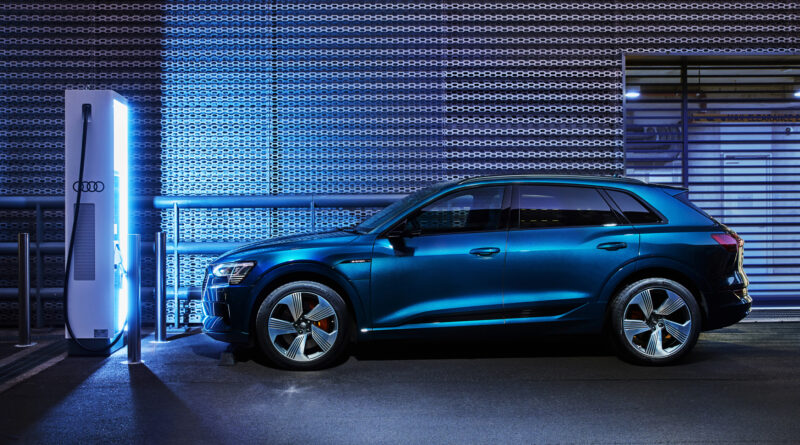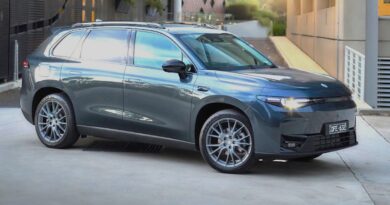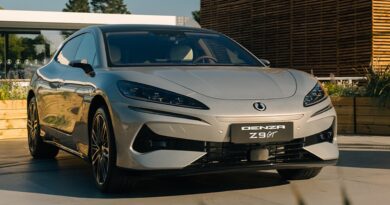Over half of all new cars sold in Norway are EVs
Norway’s runaway best-selling car in 2020 is the luxurious all-electric Audi e-Tron SUV.
Here in good ol’ ‘Straya, our top seller’s a ladder-frame ute with (overwhelmingly) a turbo-diesel coughing up 212g/km of CO2. We’re a dash behind, aren’t we?
Okay, so Norway’s a very different country to ours. The (very wealthy) population have different requirements from their vehicles, and Norwegian government tax policy and other generous incentives (see below) make EV ownership almost a no-brainer.
Want the latest EV news and reviews delivered to your inbox? Subscribe to our weekly newsletter!
Still, looking at Norway’s new car sales figures is both fascinating and almost unbelievable when our own roads are clogged with dual-cab utes, huge SUVs and – if you live in the city – German performance cars sucking on premium unleaded whilst sat in traffic.
Electric top 10 sellers
Behind the Audi e-Tron (from $137,100 before on-roads in Australia) in the Norwegian 2020 sales race are the Volkswagen e-Golf, Hyundai Kona Electric, Nissan Leaf and Mitsubishi Outlander PHEV. The figures also include internal combustion versions of the above models (where applicable), but petrol/diesel Golf and Kona sales are utterly negligible.

The sales statistics, released by the Norwegian Road Traffic Information Office (OFV), show the Mercedes-Benz EQC in sixth place and Tesla’s Model 3 in seventh. The eighth-place car, the Skoda Octavia, is the only non-electrified (for now) vehicle in a top 10 rounded out by the Renault Zoe and Hyundai Ioniq.
The Audi e-Tron has accounted for a massive 9 percent of all 2020 new car sales in Norway (in Australia, the Hilux makes up about 4 percent of the market). Over 7000 have found new homes this year from a total of just under 80,000 new passenger car sales.
The recently introduced Mercedes-Benz EQC is quickly gaining ground. Looking just at Norway’s August sales figures, the e-Tron sold 755 units (7 percent market share), while the EQC was second best for the month, registering 595 sales (5.5 percent).
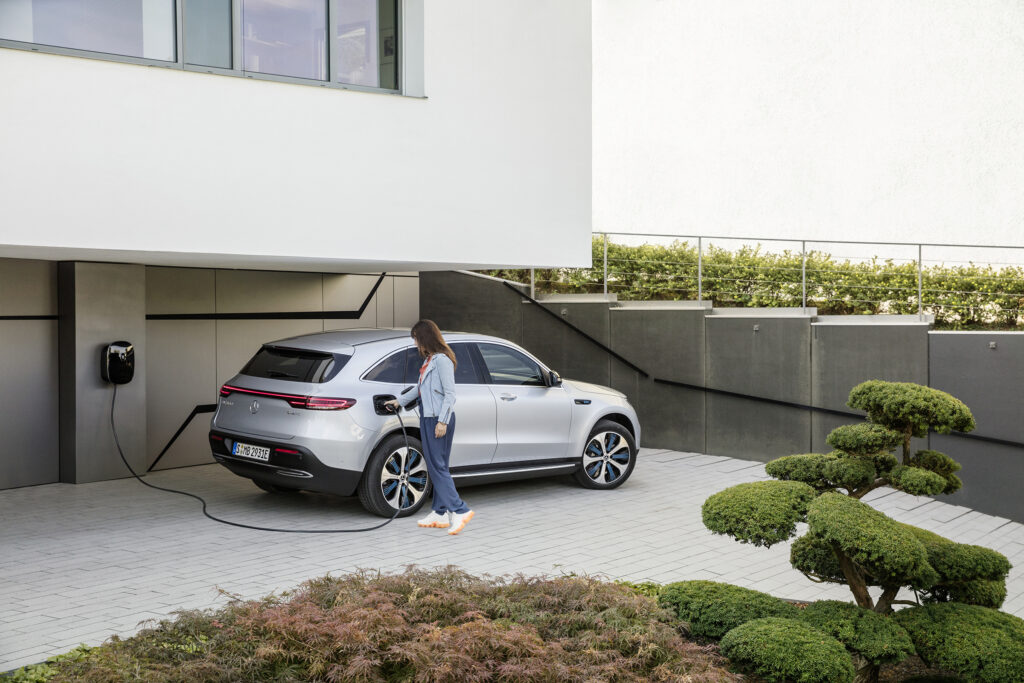
The all-electric Polestar 2 has also recently been introduced, and an OFV statistic said some 494 had sold in August. Clearly, the Norwegians don’t mind opening their lommeboks (wallets) for luxe EVs.
The new competition has hit sales of more established electric cars. In 2020 so far Tesla Model 3 sales are down 82 percent (but that’s from a whopping 11,500 sales in 2019); BMW i3 down 57 percent and Nissan Leaf down 30 percent.
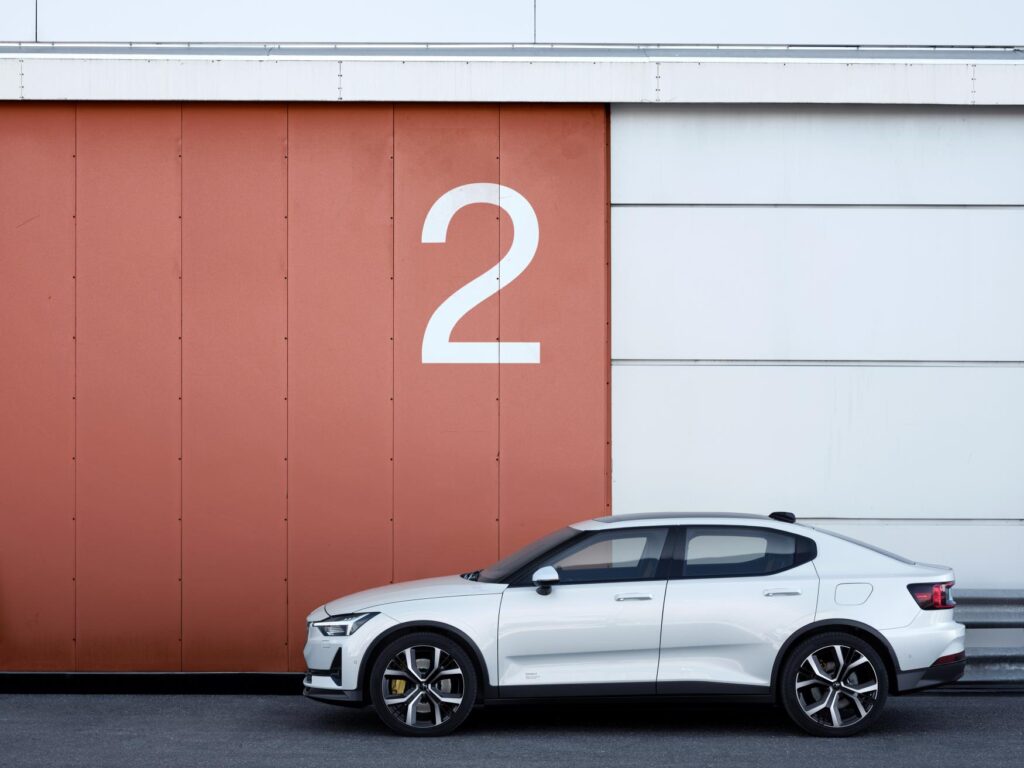
Petrol and diesel plummet
Norway’s EV sales are trending higher all the time. In August 2020 pure electric cars accounted for 53 percent of all new car sales. With hybrids making up 26 percent, that meant four out of every five new cars sold in Norway last month were electrified. Petrol (11 percent) and diesel (10 percent) cars are slipping away into Norwegian history books.
The Scandinavian country is on course to see at least half of all new cars sold in 2020 being pure EVs. At the moment, the figure is at 48 percent for the year, up from 43 per cent in 2019.
Why is Norway so very far ahead of the rest of the world? Thanks to hydroelectric power, renewable energy makes us 98 percent of all electricity produced (it’s roughly 21 percent in Australia).
This makes claims and reasoning for zero-emissions motoring very plausible and something the government has long incentivised. And no, politicians tend not to pull out lumps of coal in parliament too often.
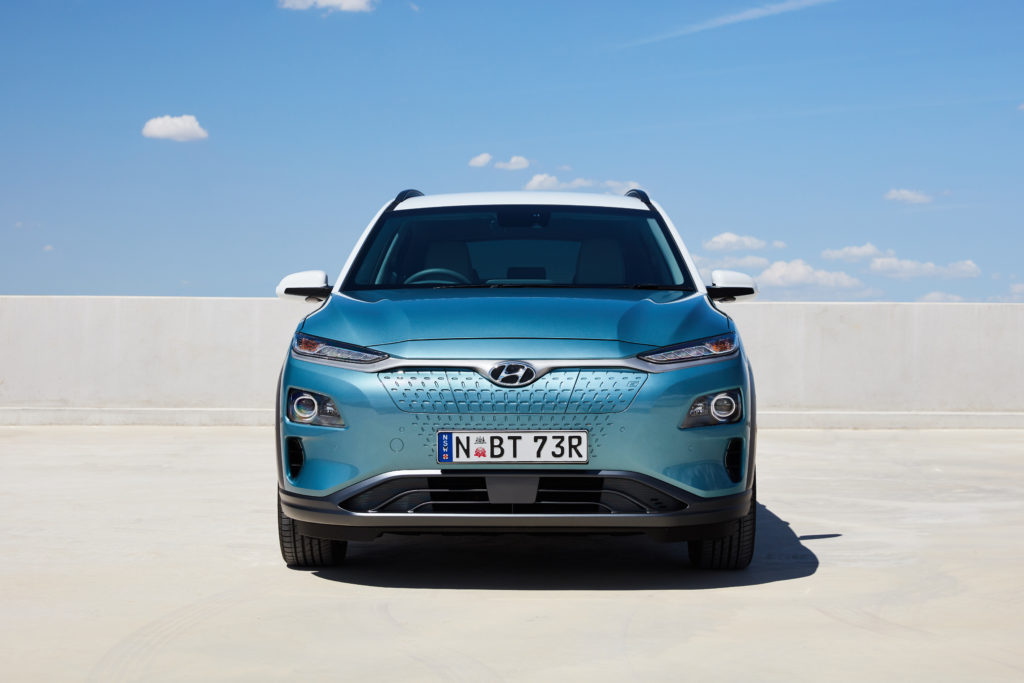
Incentives are key
Norway’s government has massively incentivised EV ownership. Conventional petrol or diesel cars are stung with a 100% tax on purchase price; EVs are VAT and purchase tax exempt or it’s heavily reduced…at least for now.
For example, according to Audi’s Norwegian website, an e-Tron 50 quattro costs from 599,900 NOK ($91,000). An Audi Q7 50 TDI starts from 1,100,000 NOK ($167,000) – yes, not far off twice the price. You have to really want that diesel Q7.
In Australia, with a smidge of specification difference, that same Q7 50 TDI is about $25,000 cheaper than an e-Tron 50 quattro in our showrooms. Funny old world, isn’t it?
EVs in Norway also get discounted or free parking, road tolls, ferry rides and permission to use bus lanes. And being a progressive place, the country has more than 10,000 public charging stations. Australia’s count is around the 1000 mark.
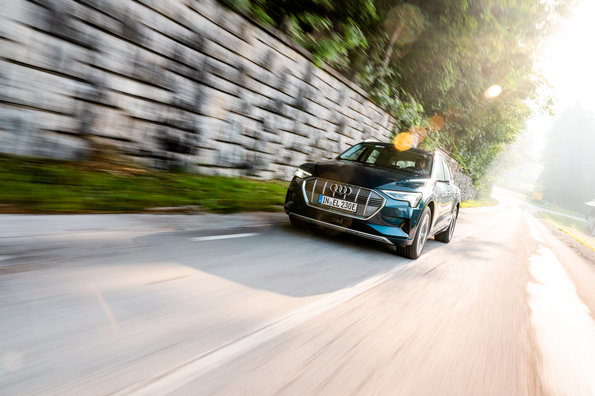
While Norway’s the current poster country for EVs, a change in regulations could see electric car ownership plateau or even fall. As usual, this would come down to money.
“Maybe 2021 is the last year without VAT on electric cars (in Norway),” speculates OFV in its August report, “(and) this will affect sales.”
Regardless, Norway has shown other countries how EV uptake can rapidly snowball when properly incentivised, and sees it have the highest plug-in electric vehicle ownership per capita by a considerable margin.
How long until a plug-in Audi outsells a Toyota Hilux diesel on our shores? Place your bets now and don’t hold your breath…

